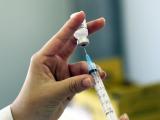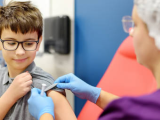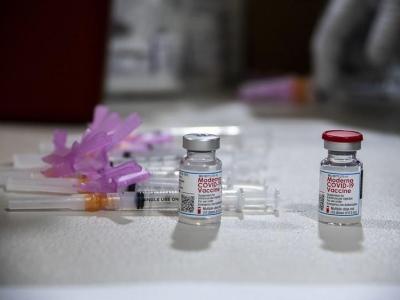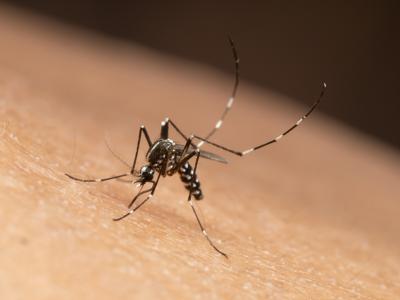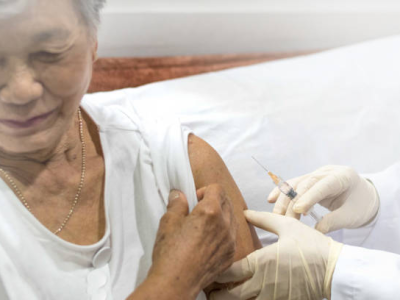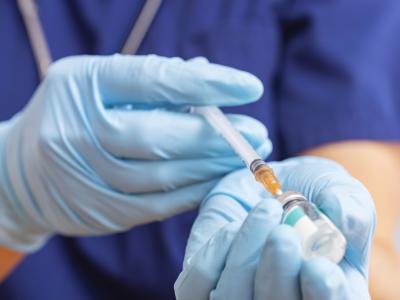Researchers in Sheffield, England, found that the prevalence of high-risk human papillomavirus (HR-HPV) in the local population was lower than expected and that sexual behavior and smoking were linked to a higher risk of infection, according to a study yesterday in BMJ (British Medical Journal).
Rates of oropharyngeal cancer (OPC) are increasing worldwide, and this has been attributed to increases in oral infection with HR-HPV, the authors noted, citing a recent meta-analysis that found an overall oral HR-HPV prevalence of 2.7%. They said more information on the prevalence of HPV infection is needed to shed more light on its connection to OPC.
Researchers from the University of Sheffield recruited 700 participants for the study, including 179 university students, 163 university and hospital staff, 13 dental hospital patients, 122 Sexual Health Sheffield patients, and 223 people from the general public. They completed a lifestyle questionnaire and provided samples for detection of oral HR-HPV.
The overall prevalence of HR-HPV was found to be 2.2% (15 of 680 participants; 20 samples were excluded for technical reasons). HPV16 or HPV18—the two strains covered by the current HPV vaccine—was found in 0.7% (5 of 680).
Former smokers were significantly more likely to test positive for the virus than those who had never smoked (odds ratio [OR], 3.12; 95% confidence interval [CI], 1.07-9.15). There were too few current smokers in the study to judge their risk.
In addition, people who had had more than six sexual partners had a significantly higher risk of infection than those with fewer partners (OR, 5.93; 95% CI, 1.18 to 29.26).
In view of previous evidence that folate levels may affect the risk for HPV-linked cancers, the authors also assessed folate levels in the participants' blood and oral mucosal buccal epithelial cells. They found no significant link between the folate levels and HPV infection risk.
Low rate may be tied to study population
The authors said the 2.2% HPV prevalence they found was lower than in two previous British studies, which found rates of 3.7% among Scottish dental clinic patients and 5.9% among men having sex with men in London. They said the lower rate in the Sheffield study is probably explained by differences in the study populations.
The study's release coincides with the announcement of a new British HPV vaccine program for boys that aims to reduce the risk of HR-HPV–related cancers, according to a University of Sheffield press release.
In the press release, Vanessa Hearnden, PhD, lead author of the study, said the finding that most of those infected with HR-HPV had a strain other than HPV16 or HPV18 "shows the need to consider newer vaccines which protect against more HPV strains in the future and for individuals to be aware of lifestyle risk factors such as number of sexual partners and tobacco use."
Coauthor Craig Murdoch, PhD, from the university's School of Clinical Dentistry, said, "Many people associate the HPV virus with cervical cancer, but there is less recognition of the fact that HPV causes oropharyngeal cancer, and unfortunately, the prevalence of this cancer has increased dramatically in the past few years."
See also:
Aug 19 BMJ study
Aug 19 University of Sheffield press release


